Viskovatov V.V. "Historical description of clothing and weapons of the Russian troops from ancient times." Part of 2
02. Image of Tsar Fedor Ioannovich
03. Russian clothes in the XI century. Common clothes
04. Russian clothes in the XI century. Princely clothes
05. Russian clothes in the XI century. Princely clothes
06. Russian clothes in the XIV to the XVIII century. Shirt
07. Russian clothes in the XIV to the XVIII century. Azyam, sermyaga and hat
08. . Russian clothes in the XIV to the XVIII century. Caftan and hat
09. Russian clothes in the XIV to the XVIII century. Ferez and hat
10. Russian clothes in the XIV to the XVIII century. Hunt and hat
11. . Russian clothes in the XIV to the XVIII century. Single row, tafia and hat
12. Russian clothes in the XIV to the XVIII century. Russian fur coat and hat
13. Russian clothes in the XIV to the XVIII century. Tours fur coats and gorlatnye hats
14. Russian clothes in the XIV to the XVIII century. Polish fur coat and gorlatnaya hat
15. Russian clothes in the XIV to the XVIII century. Terlik and Murmol hat
16. Russian clothes in the XIV to the XVIII century. Turks caftan and Murmol hat
17. Russian clothes in the XIV to the XVIII century. Zipun, tafia and caftan
18. Russian clothes in the XIV to the XVIII century. Stanovy kaftan and gorlatnaya hat
19. Russian clothes in the XIV to the XVIII century. Charge and gorlatnaya cap
20. The image of Tsar Mikhail Fedorovich in opashna, with a necklace and a hat.
31. Horse dress from the XIV to the XVIII century
22. Horse dress from the XIV to the XVIII century
23. Norman warrior, the image on the carpet, sewn in the XI century. 24. Different antiquities, taken into consideration for the description and drawings of Russian weapons
25. Russian Shelom. XIII century
26. Russian weapons in the X and XI centuries. Walking warriors
27. Russian weapons in the X and XI centuries. Horse warrior
28. Weapon and other military accessories according to the testimony of the Austrian envoy Baron Herberstein used by the Russians in the 16th century
29. Russian weapons from the fourteenth to the seventeenth century. Shell and chain mail. 30. Bandana and Bahterets
31.Russian armament from the fourteenth to the seventeenth century. Bahterets and Kolontar. 32. Yushman
33. Russian weapons from the fourteenth to the seventeenth century. Kuyaki
34. Russian weapons from the fourteenth to the seventeenth century. The mirror. 35. Russian weapons from the fourteenth to the second half of the seventeenth century. Mirror
36. Russian weapons from the fourteenth to the second half of the seventeenth century. The mirror. 37. Mirror
38. Russian weapons from the fourteenth to the second half of the seventeenth century. Barmitsa, zarukavje and knees. 39 Bracers
40. Russian weapons from the fourteenth to the second half of the seventeenth century. Bracers. 41. Gauntlet
42. Russian weapons from the fourteenth to the second half of the seventeenth century. Gauntlet
43. Russian weapons from the fourteenth to the second half of the seventeenth century. Buturlyk
44. Russian weapons from the fourteenth to the half of the eighteenth century. Buturlyk
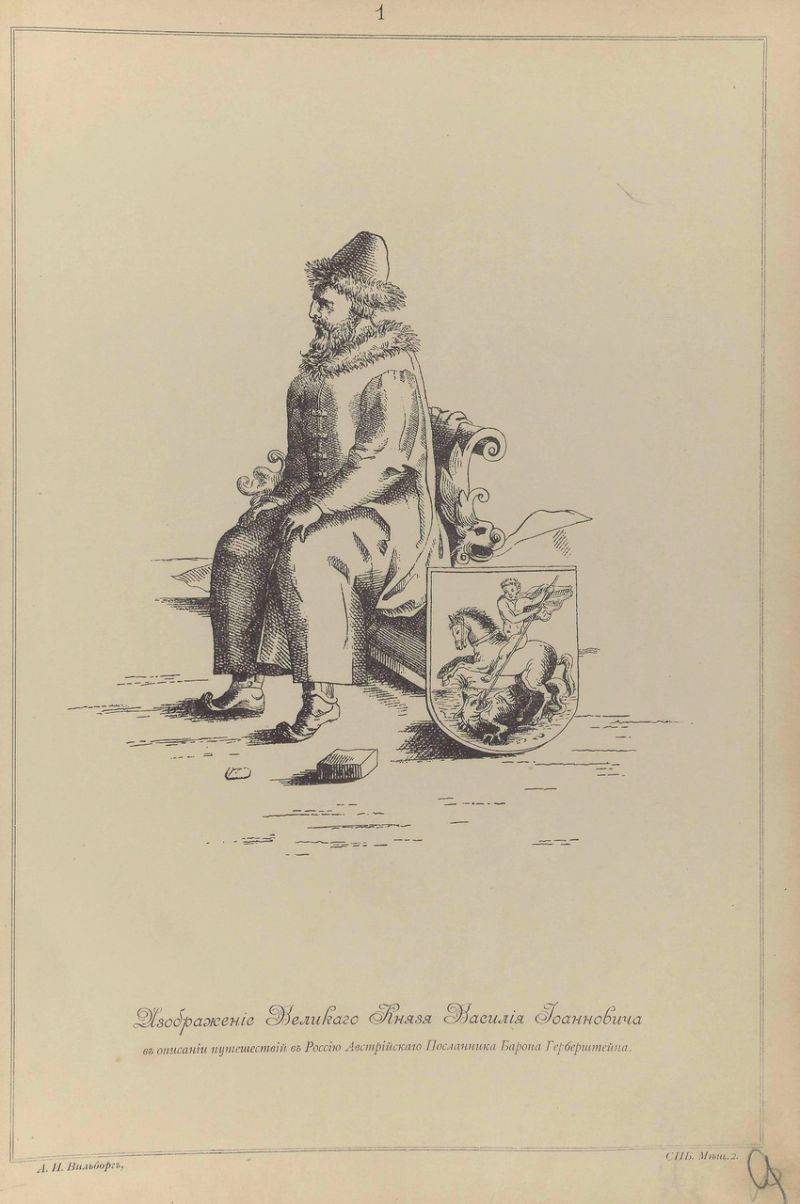
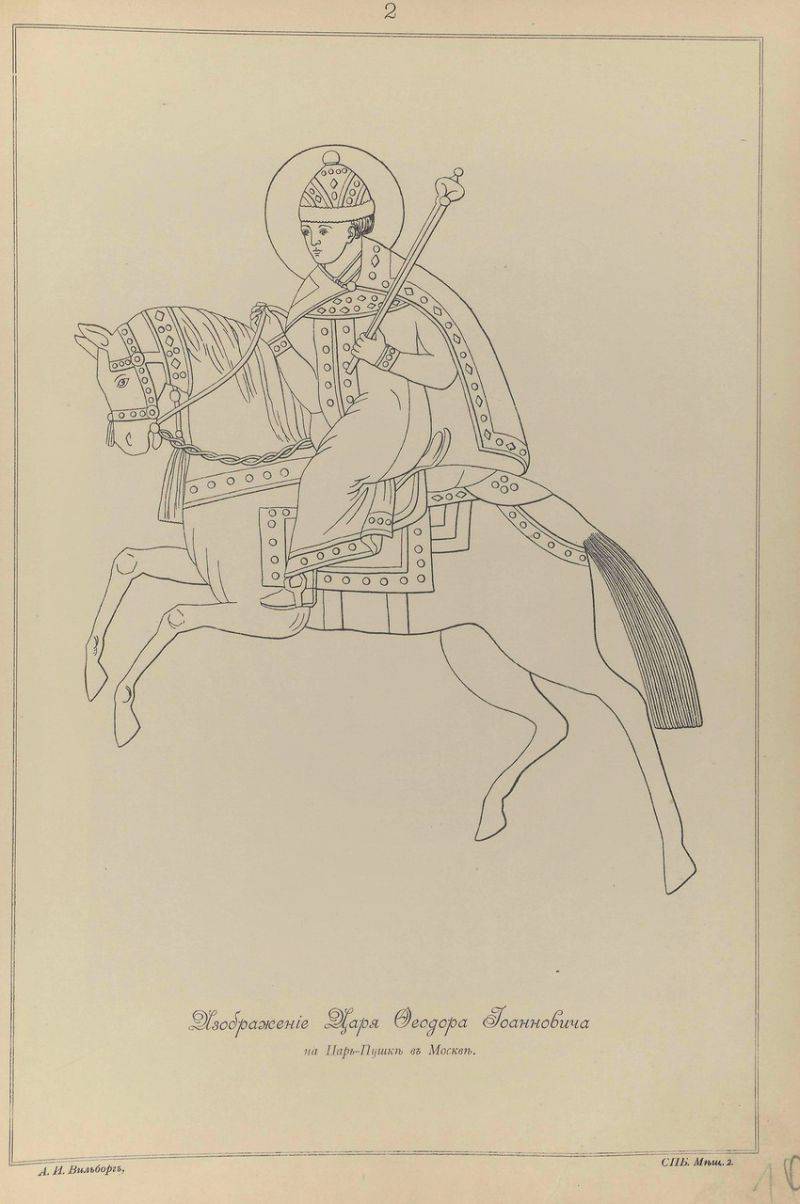
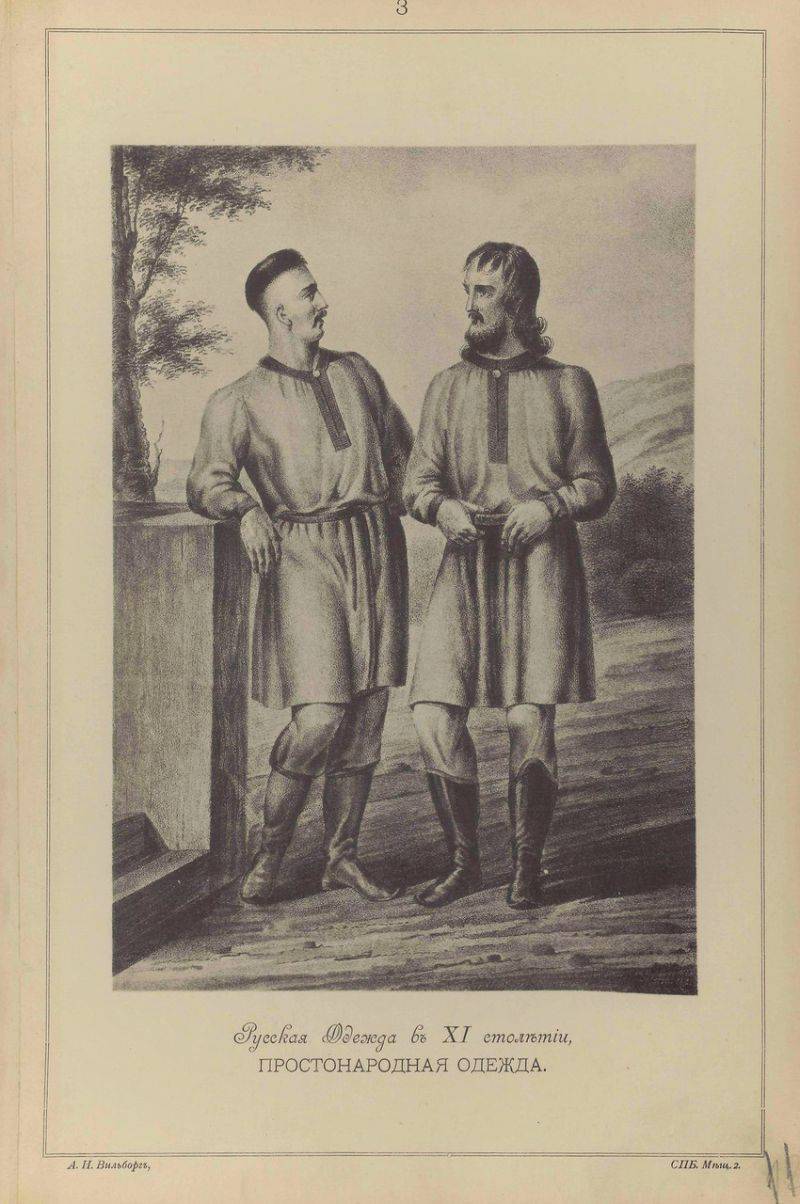
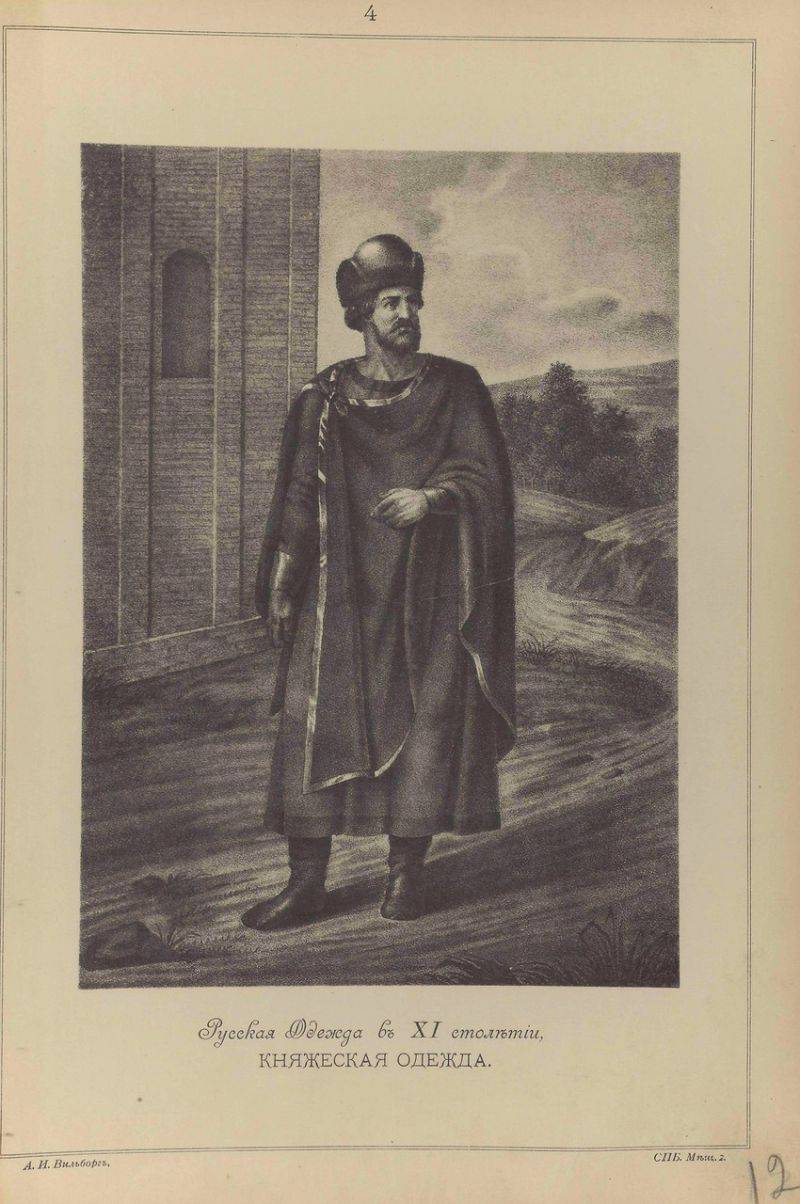
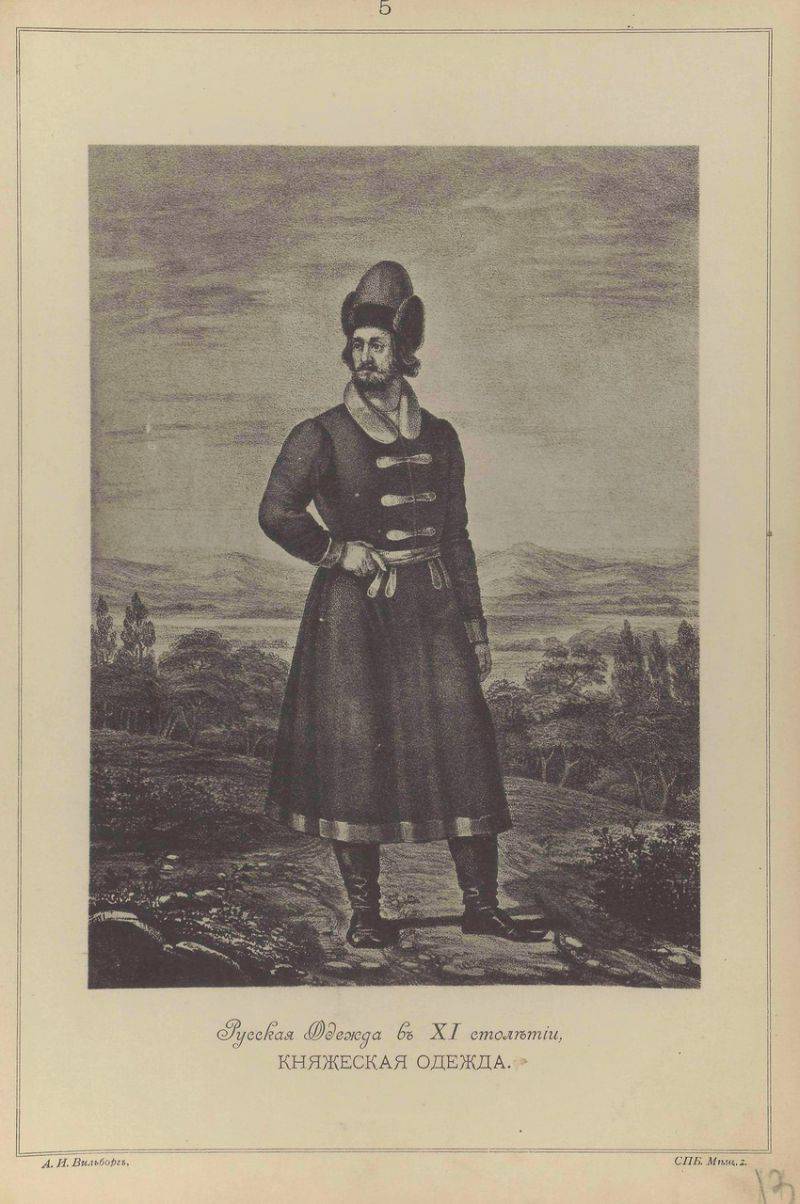
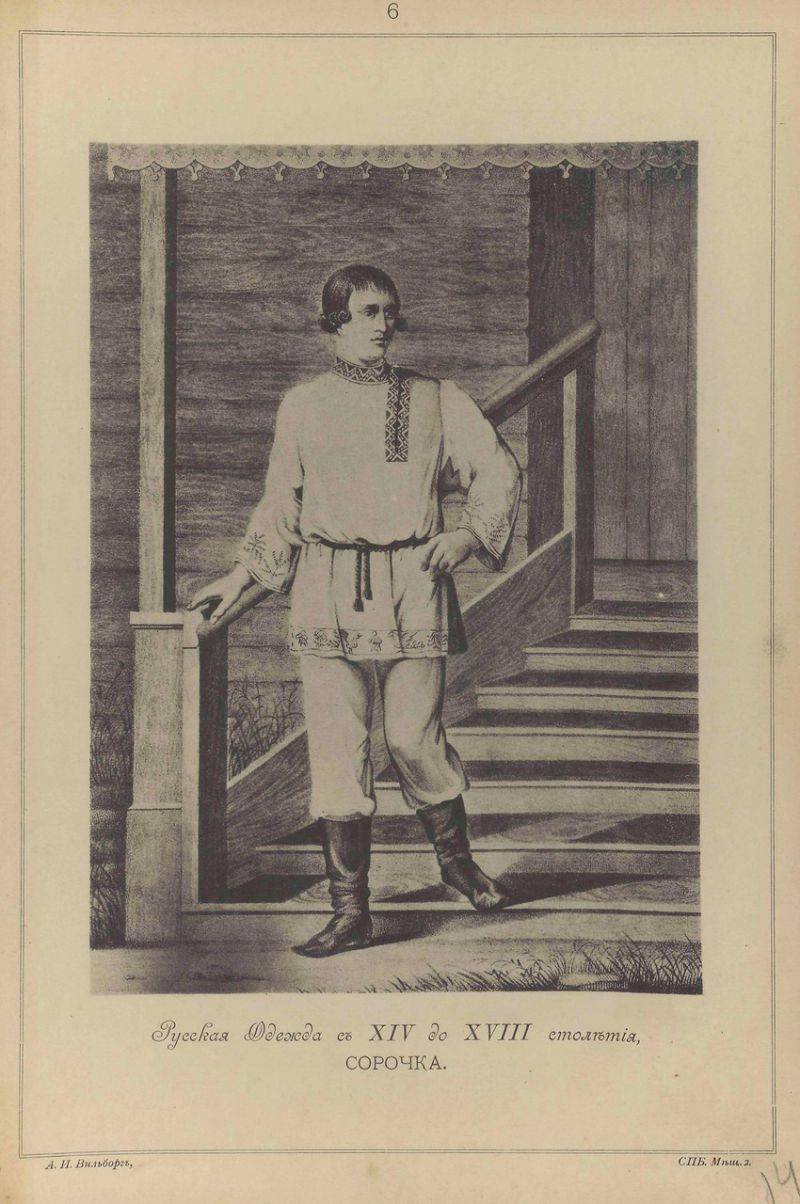
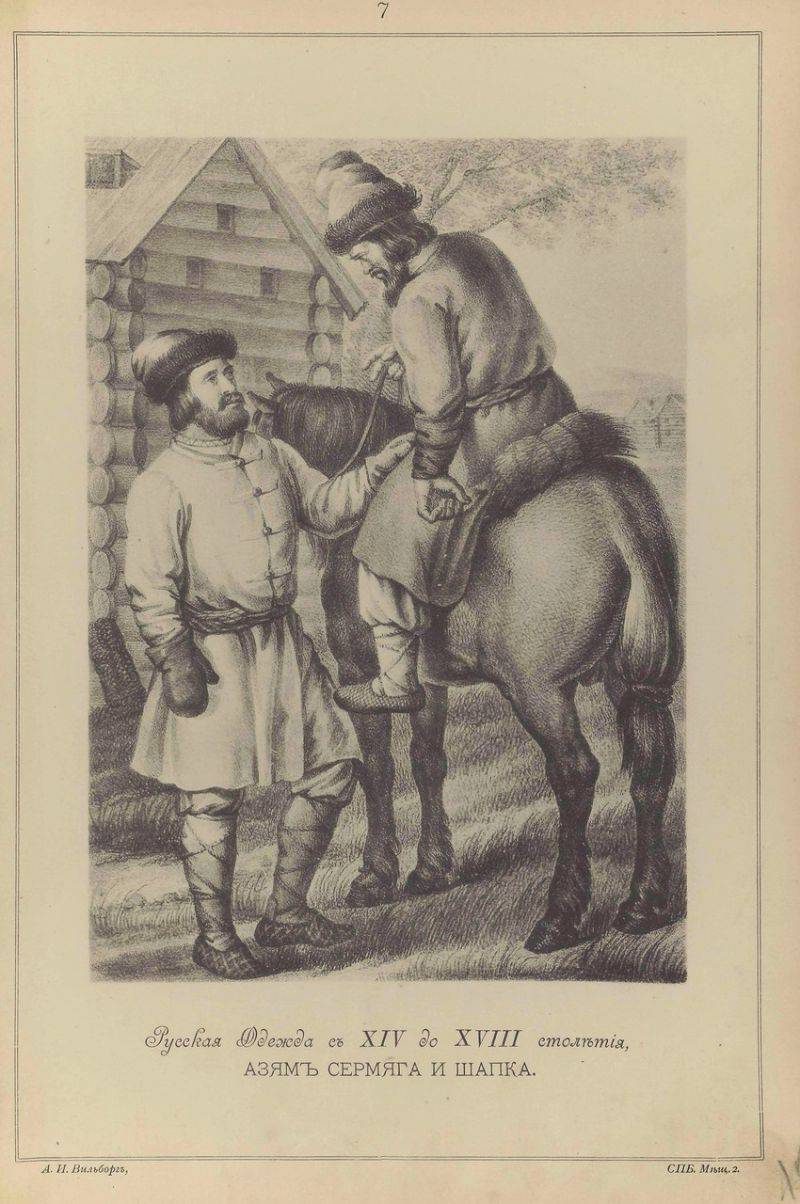
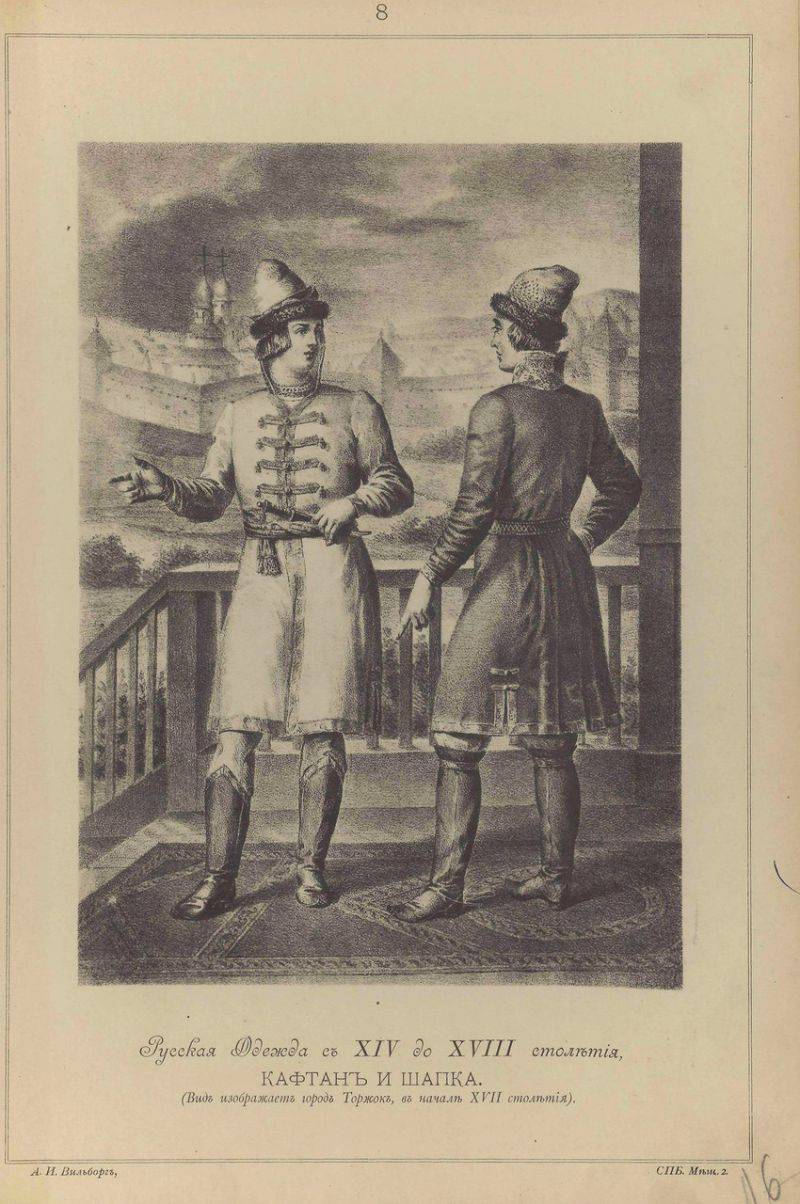
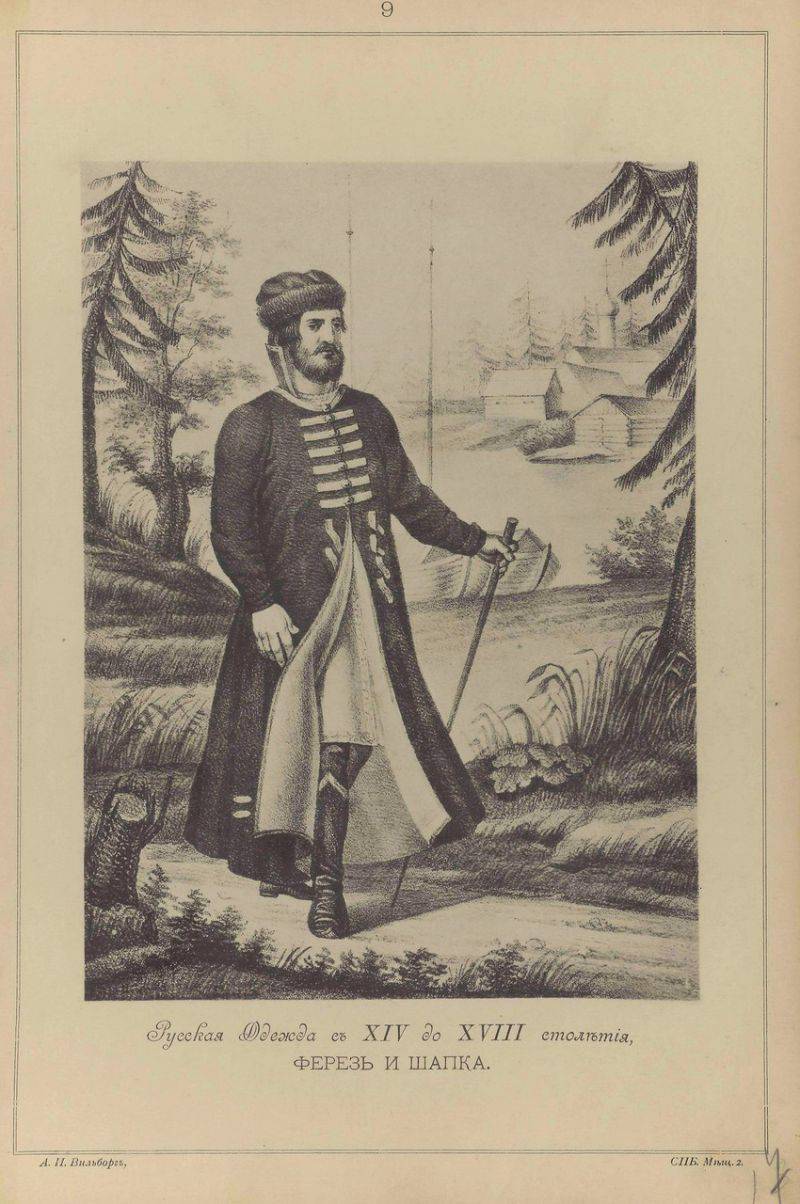
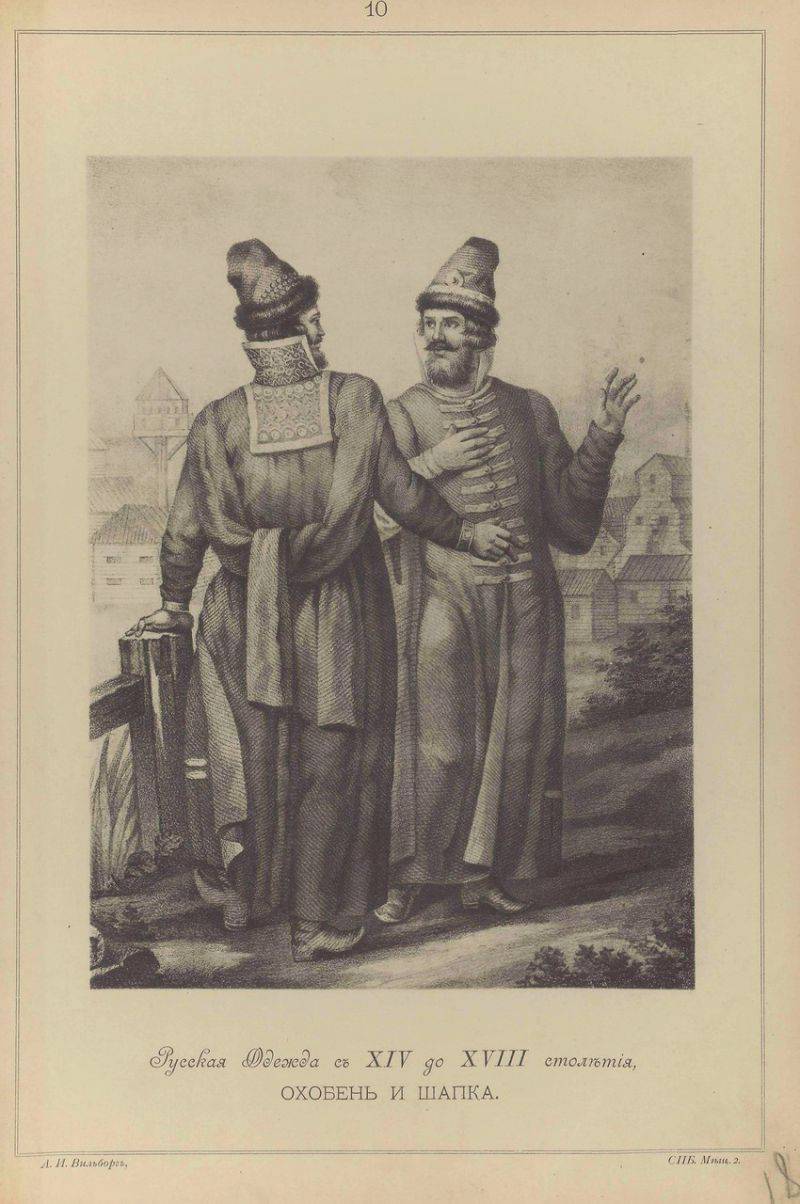
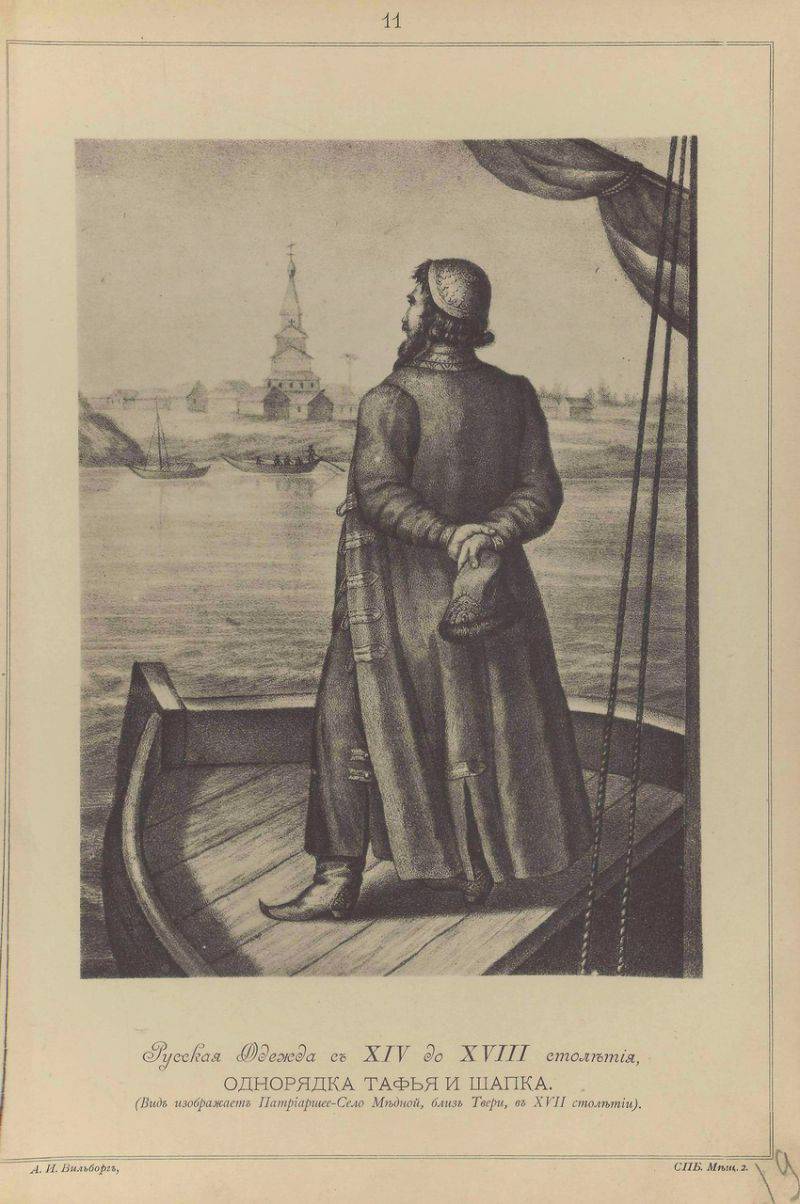
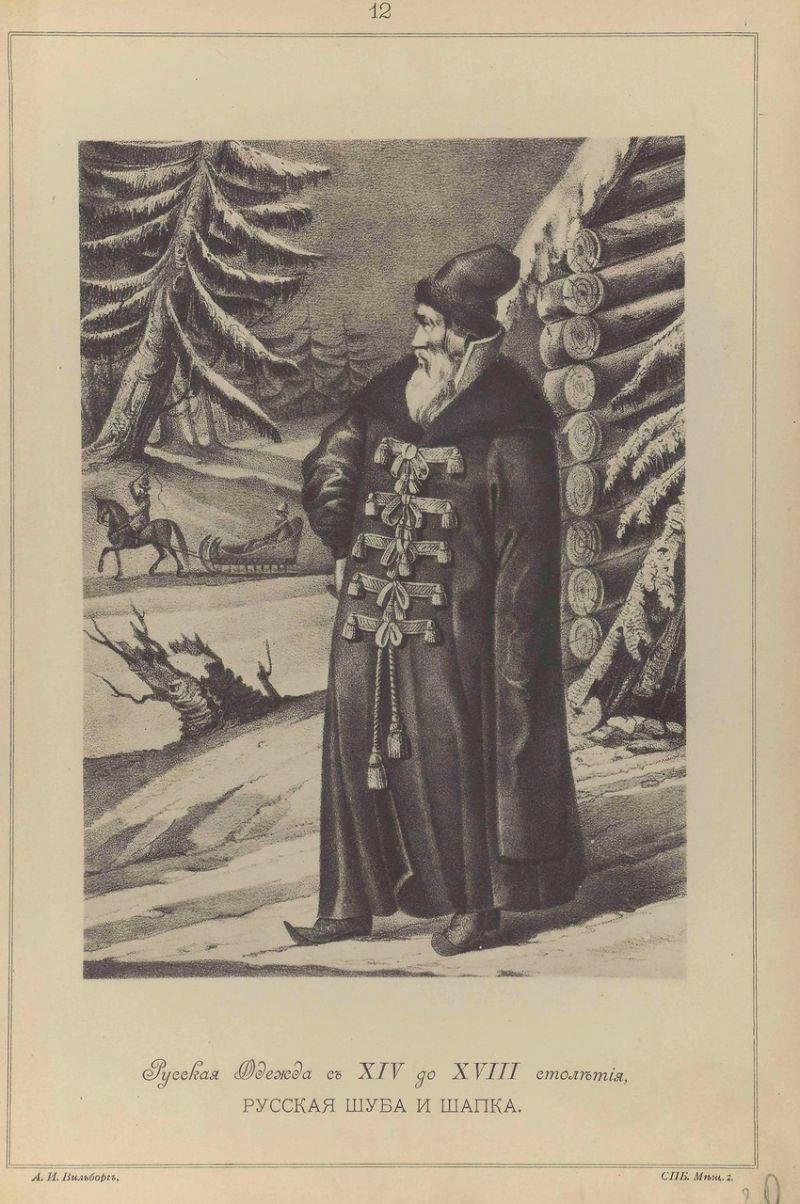
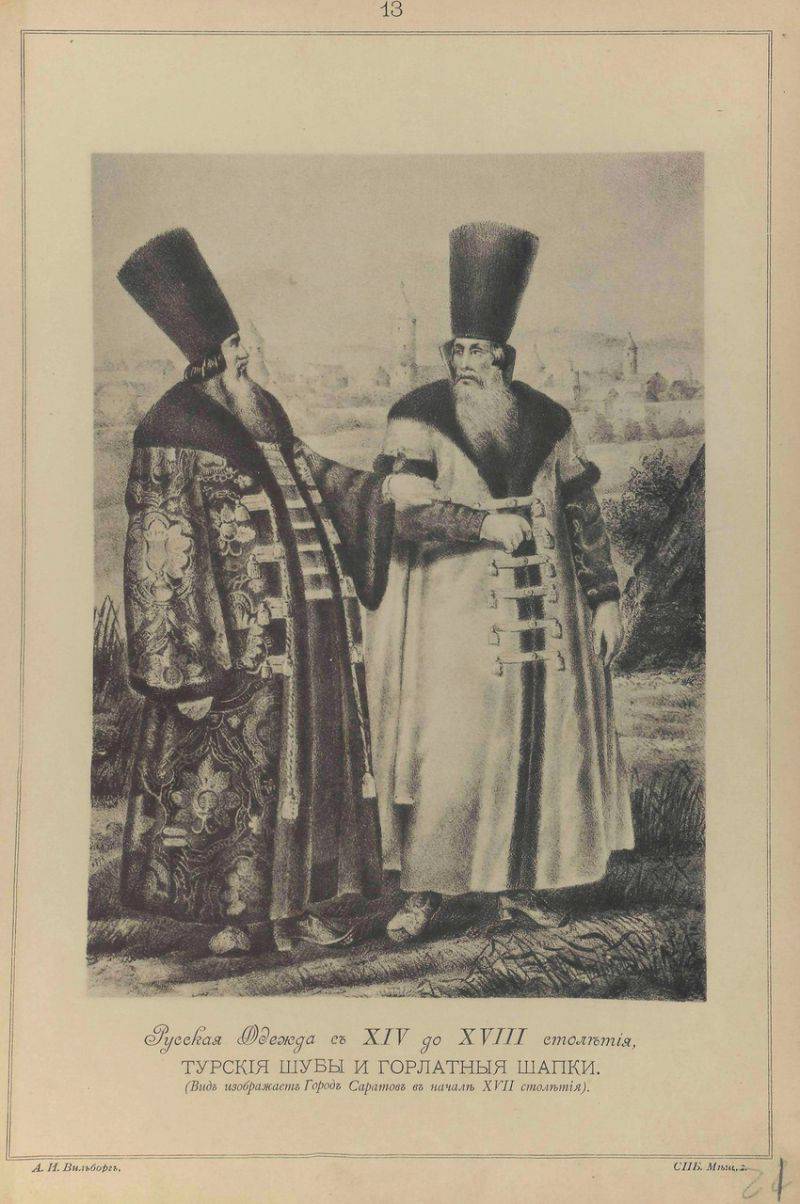
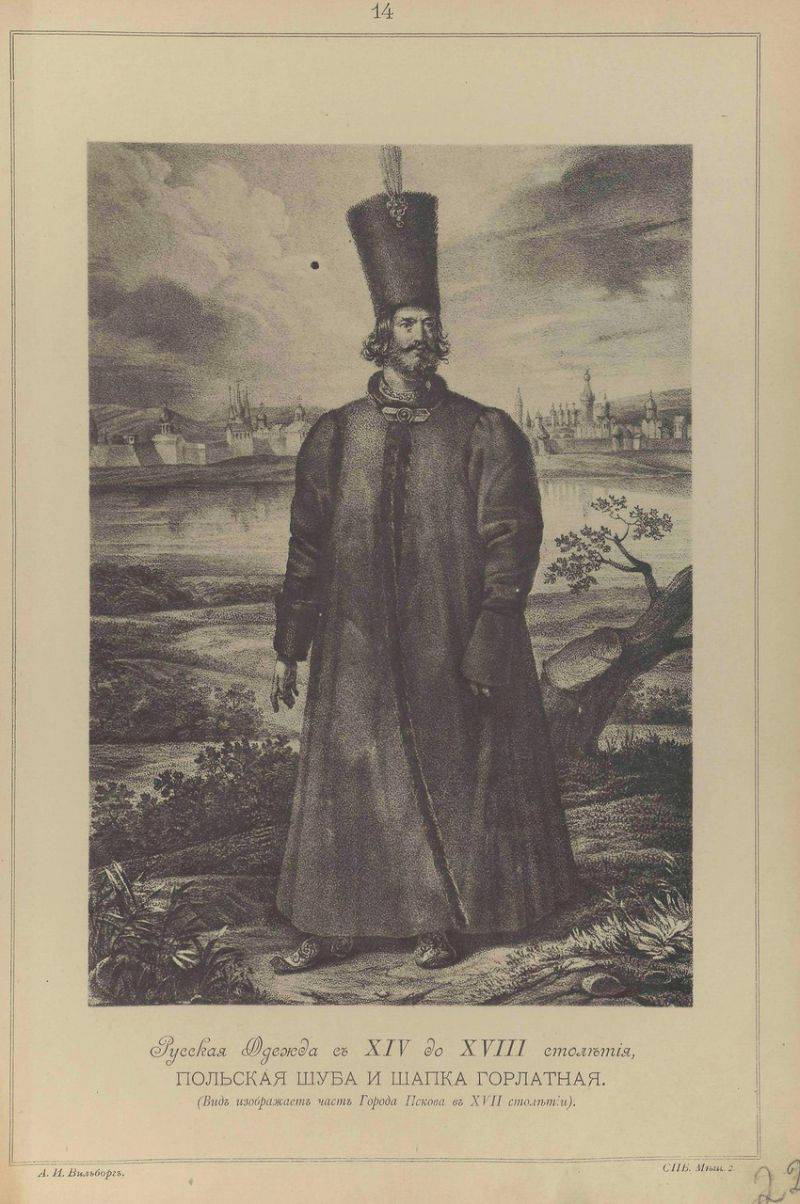
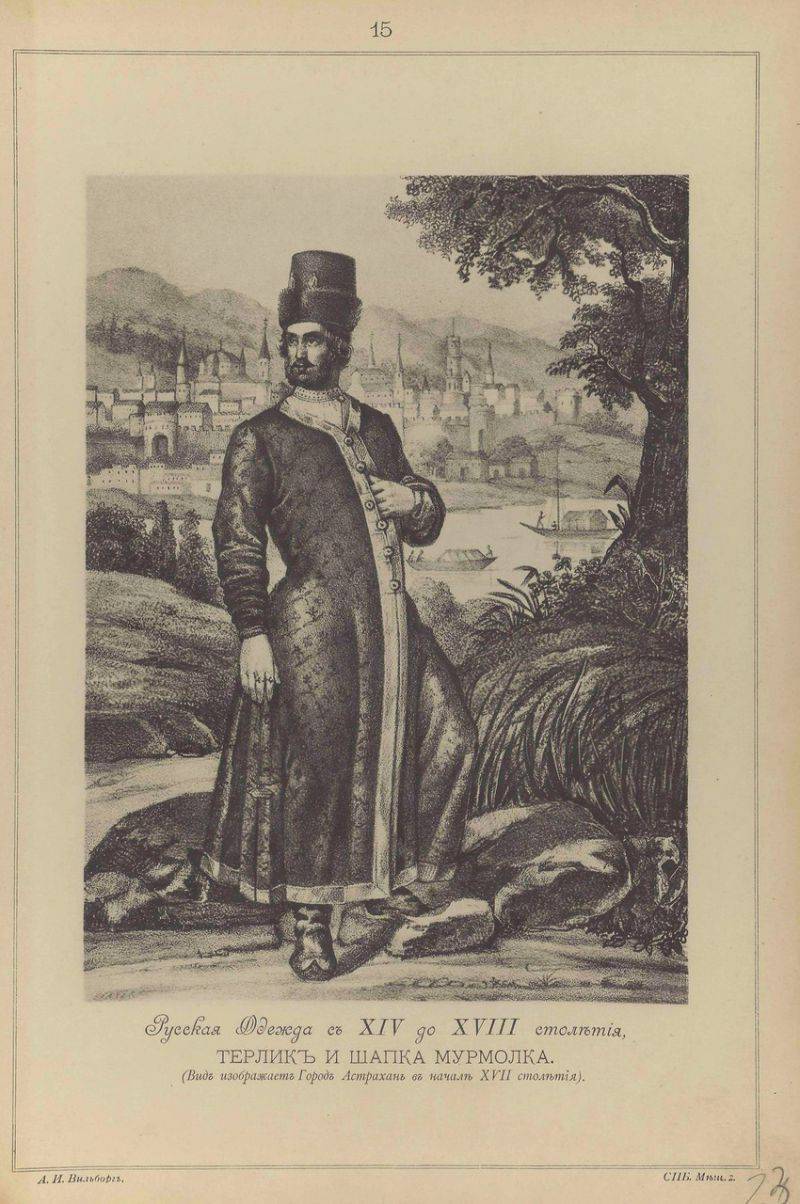
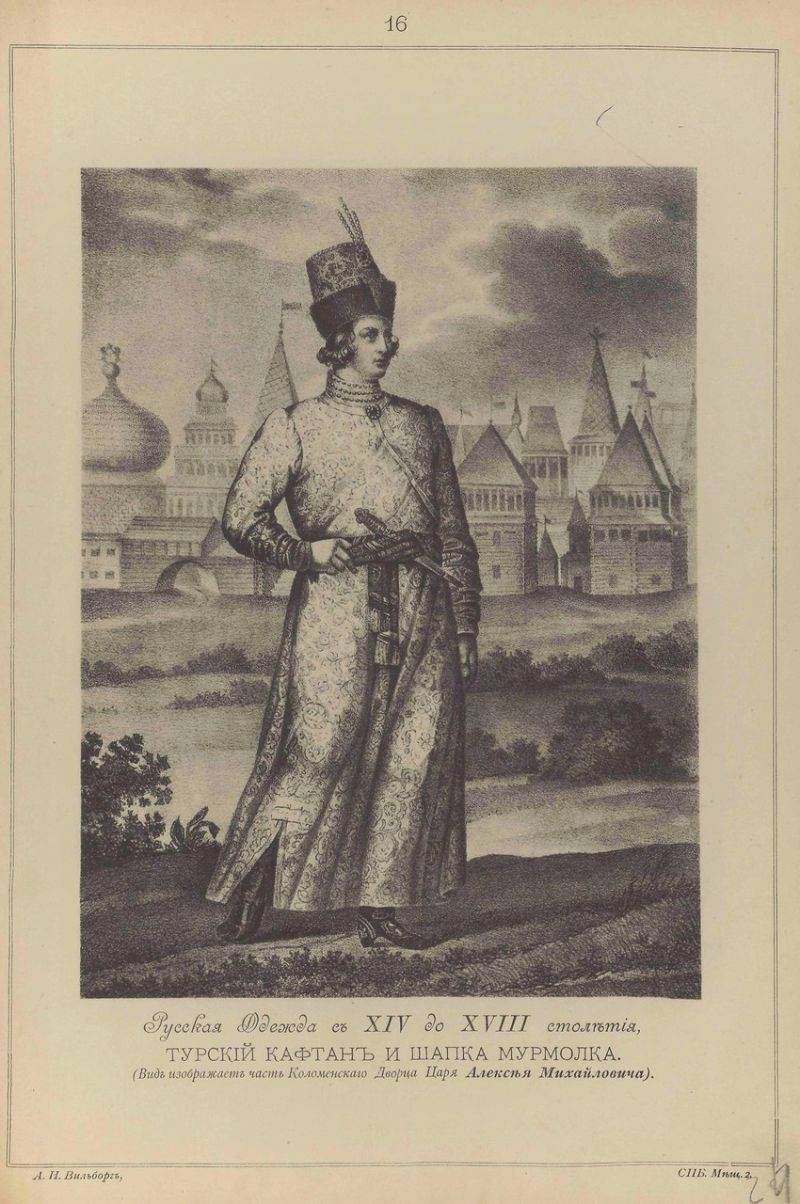
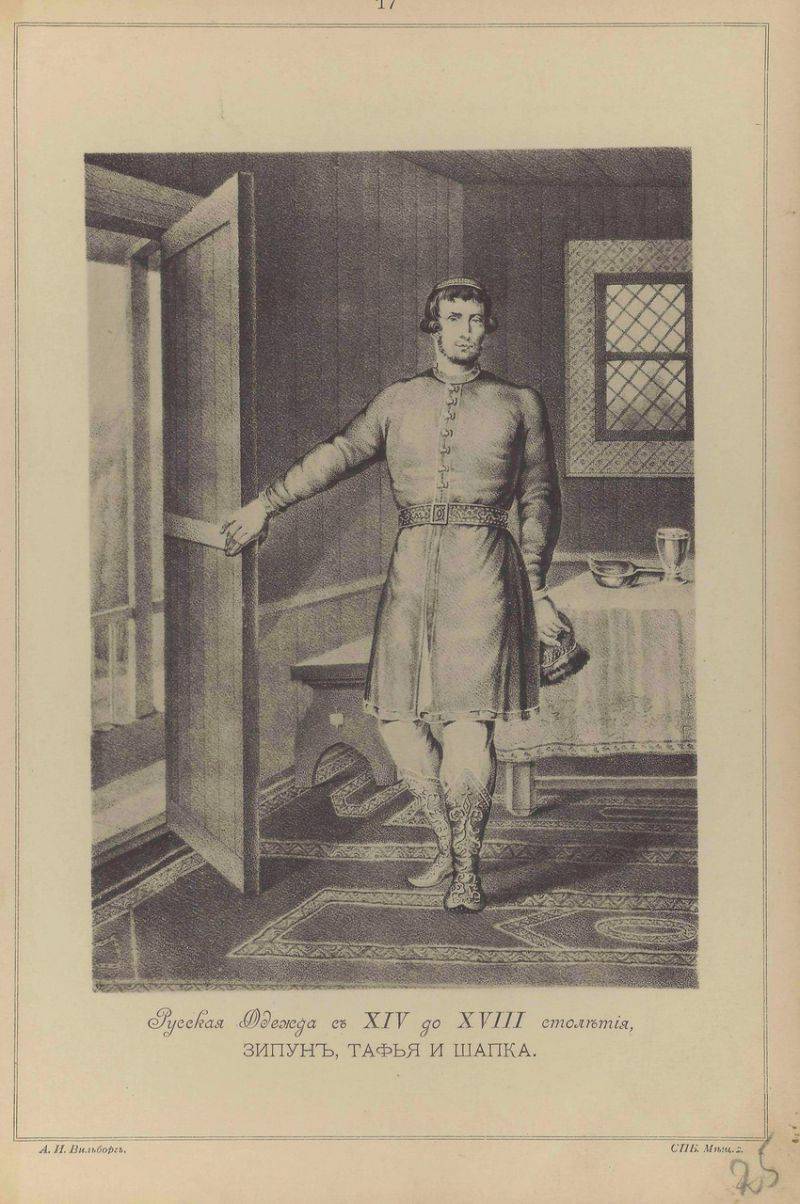
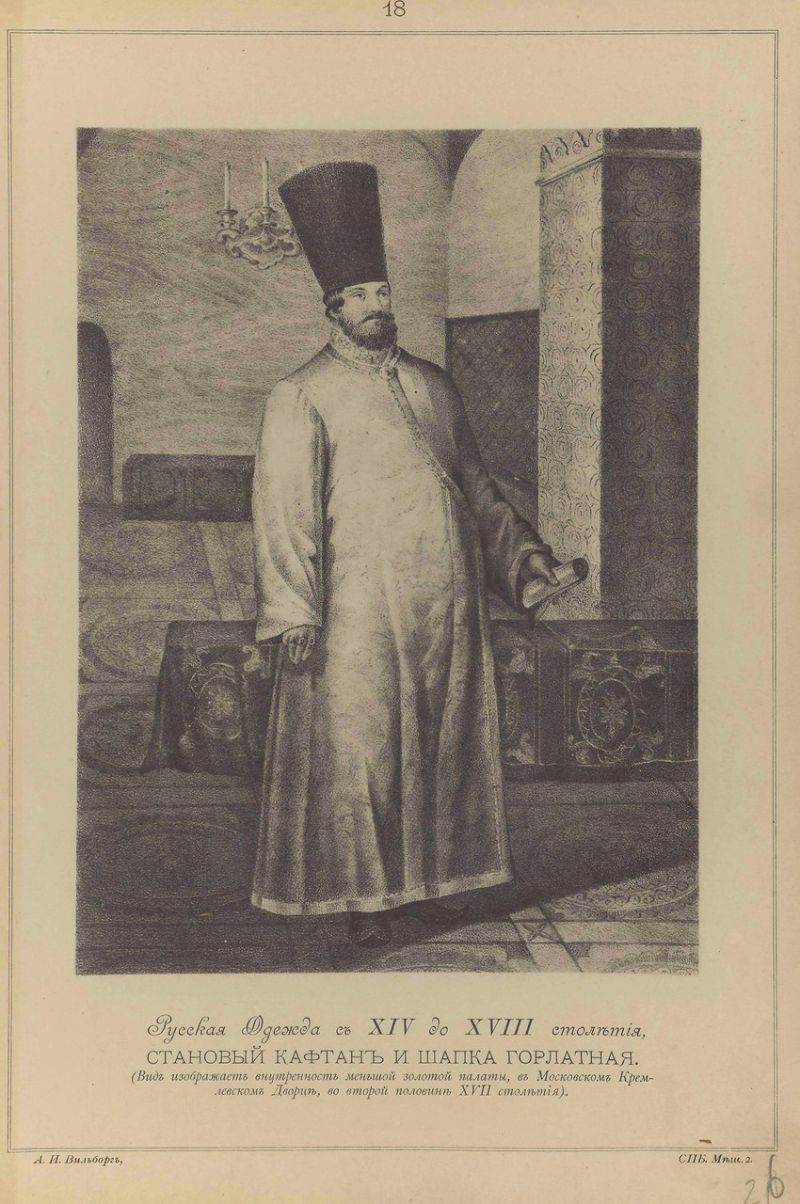
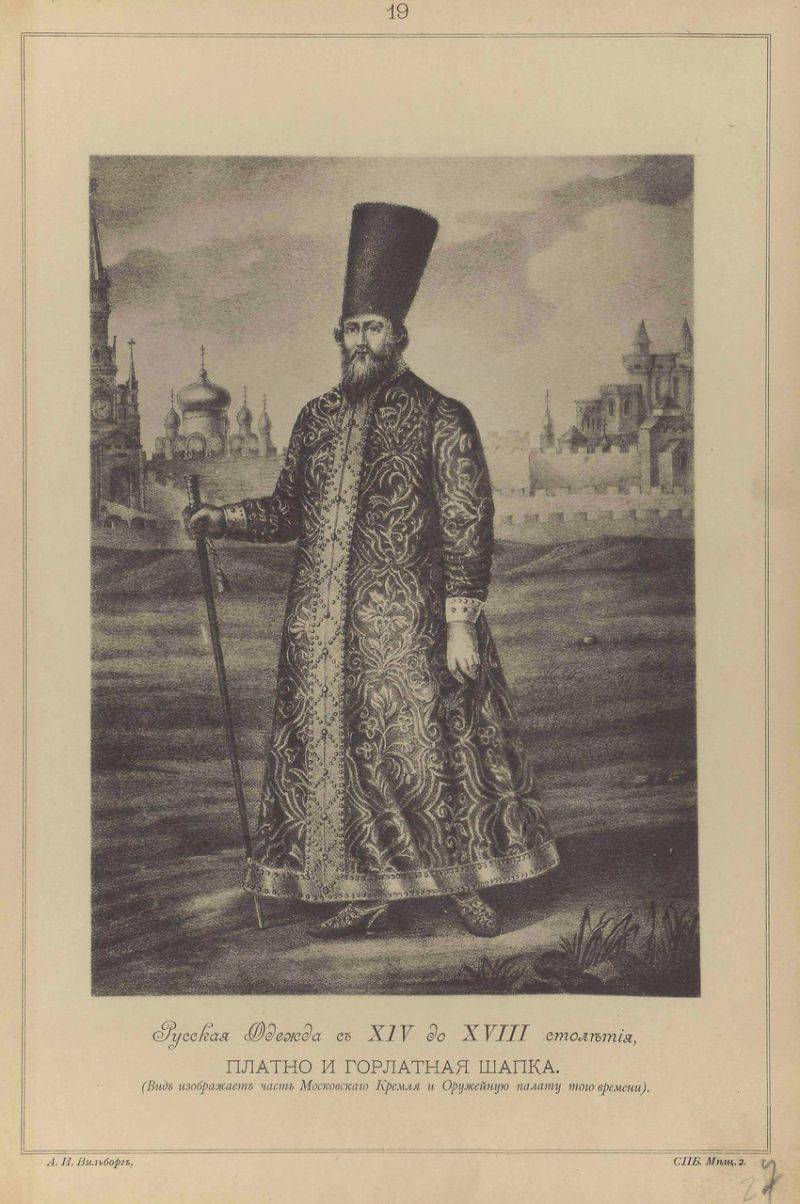
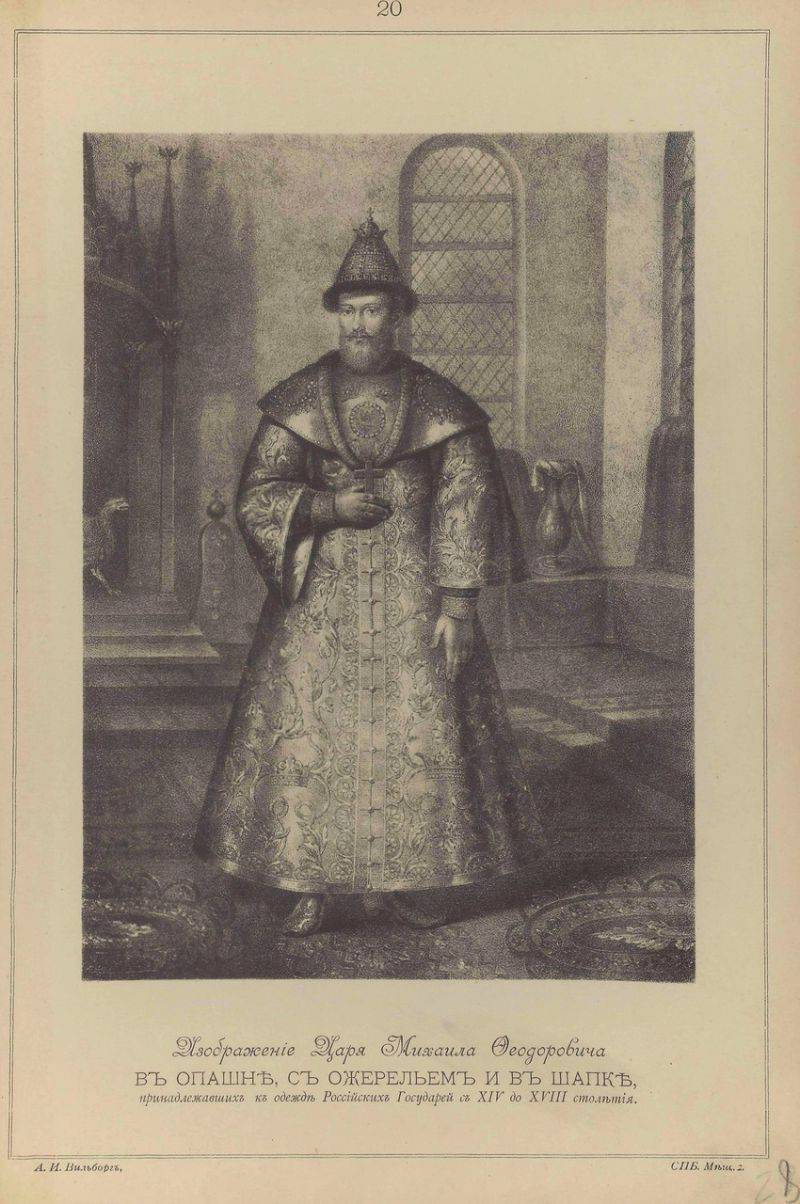
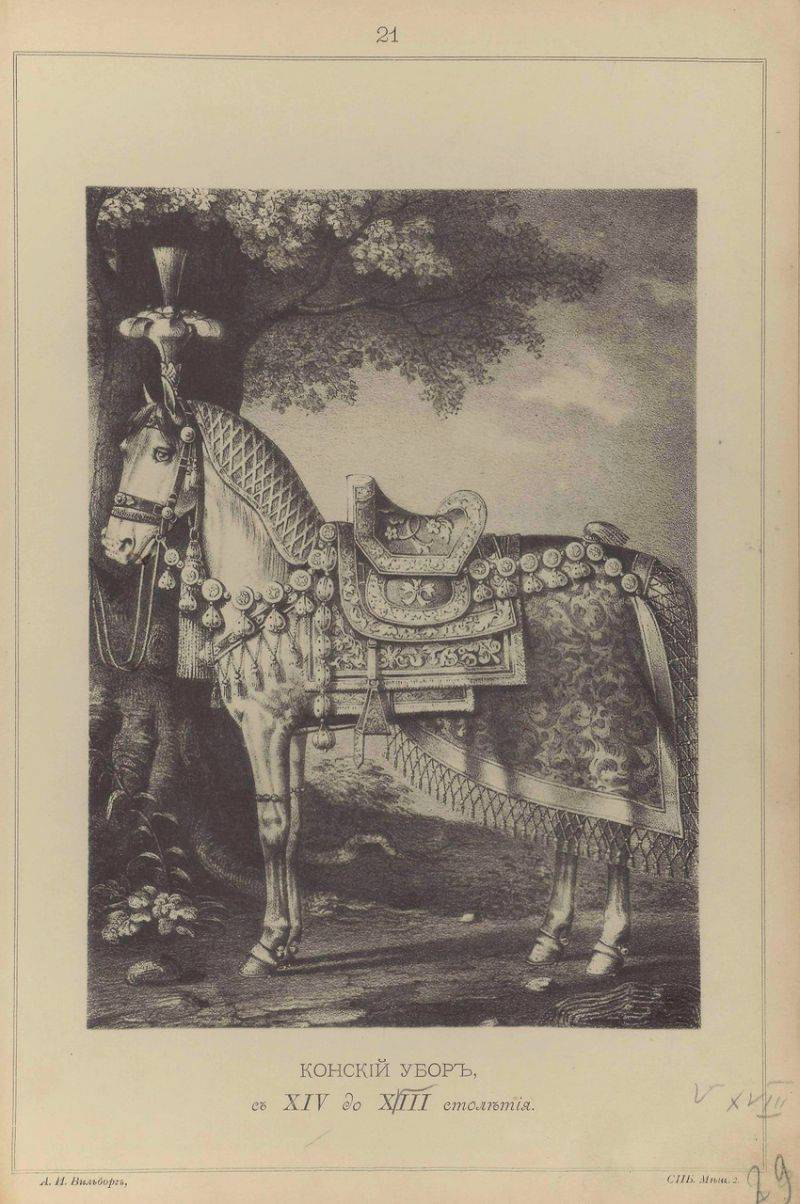
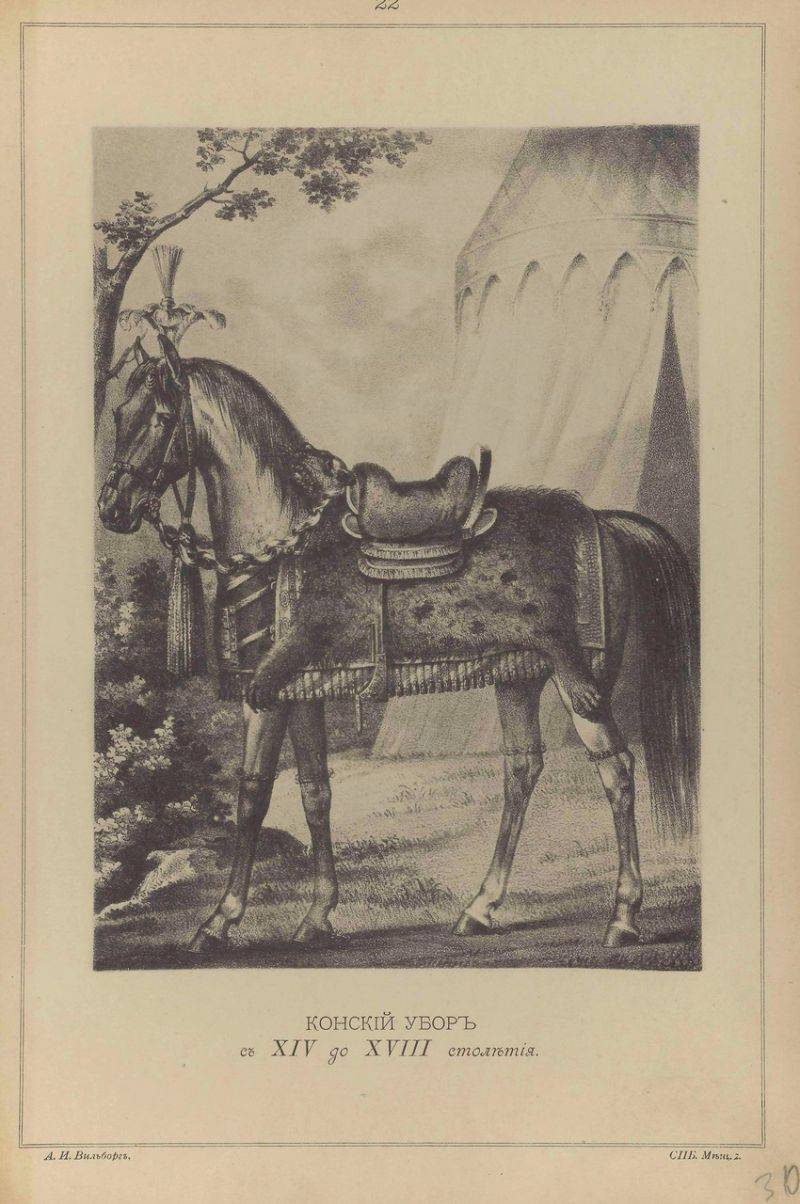
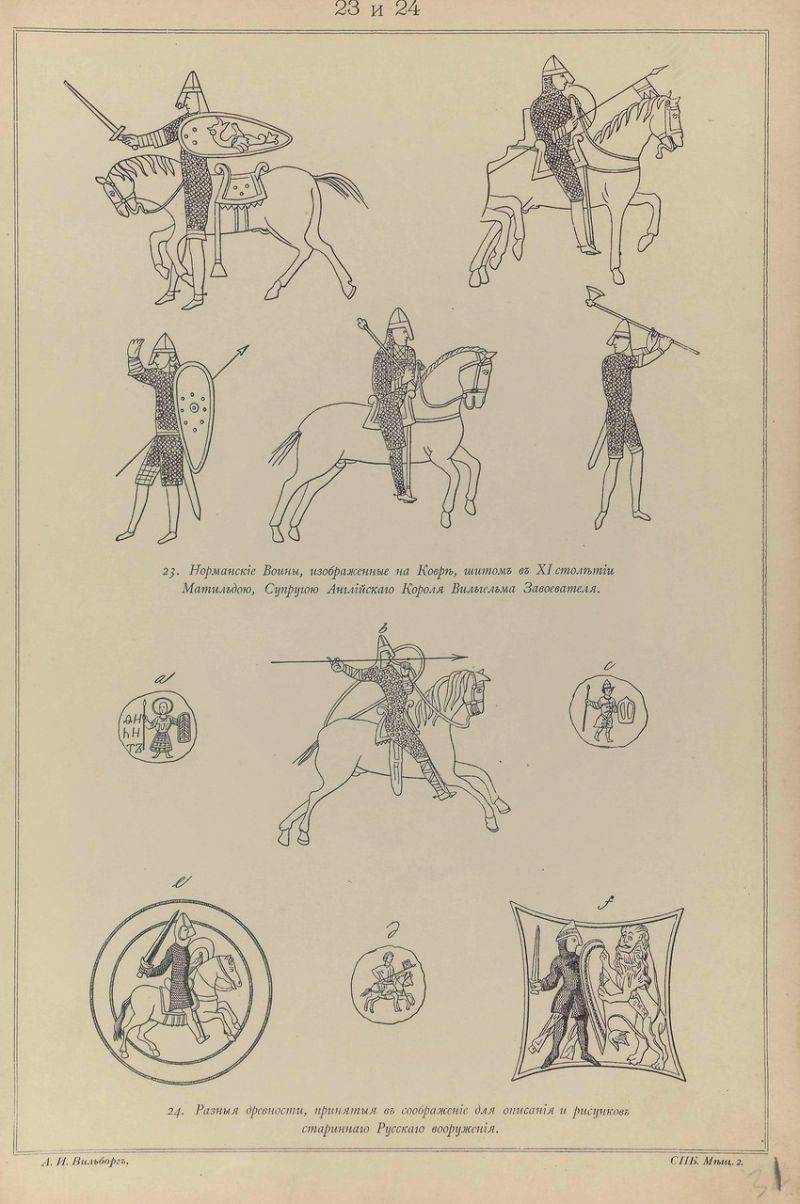
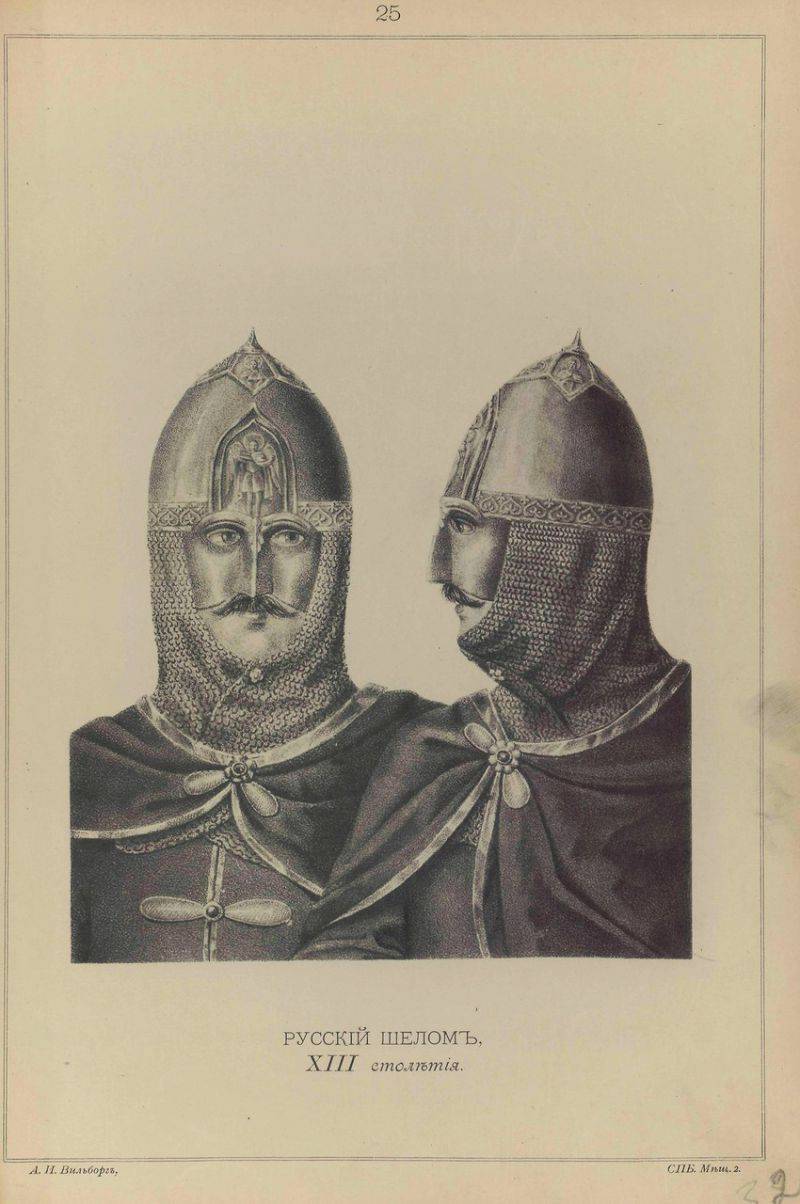
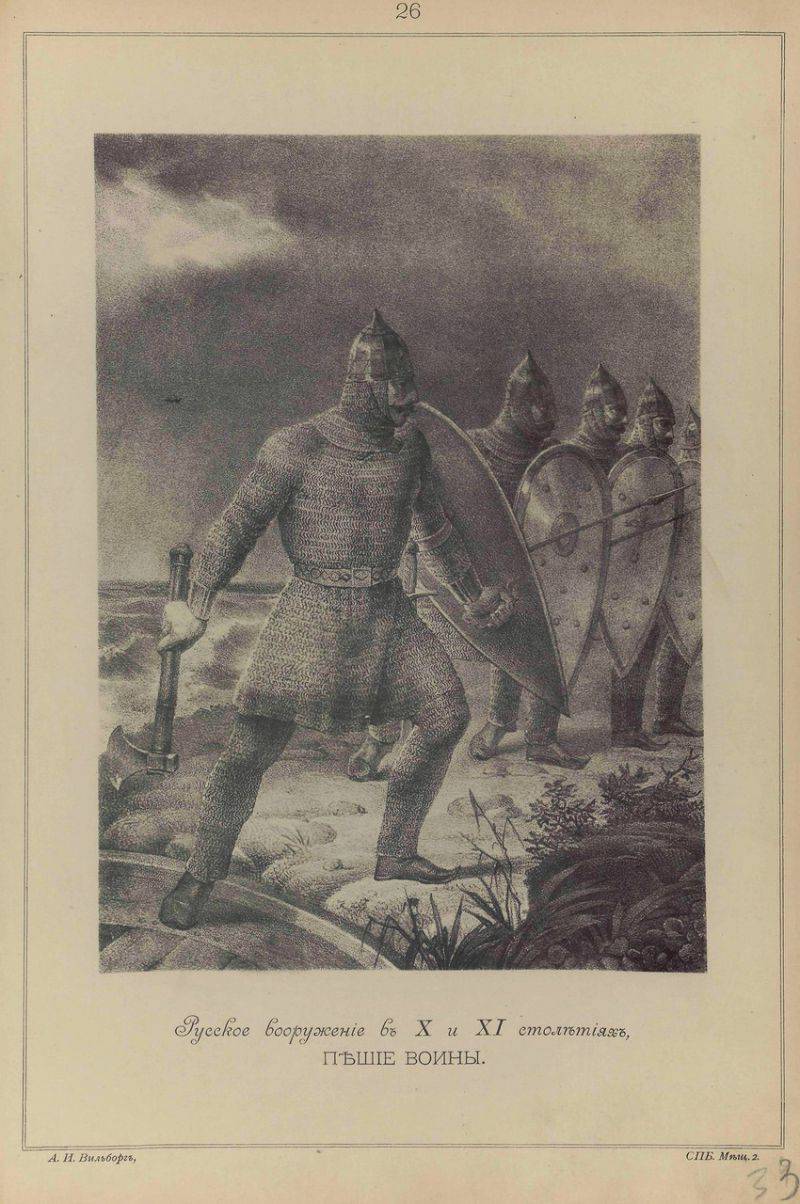
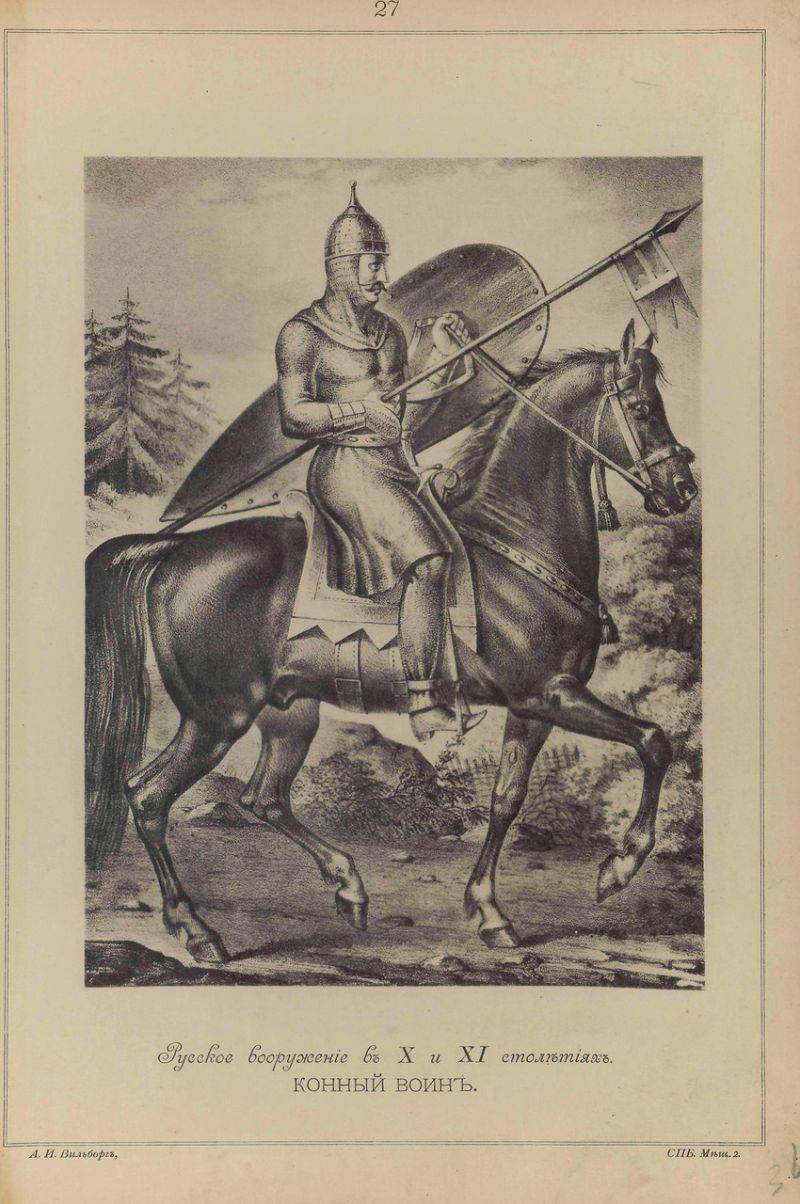
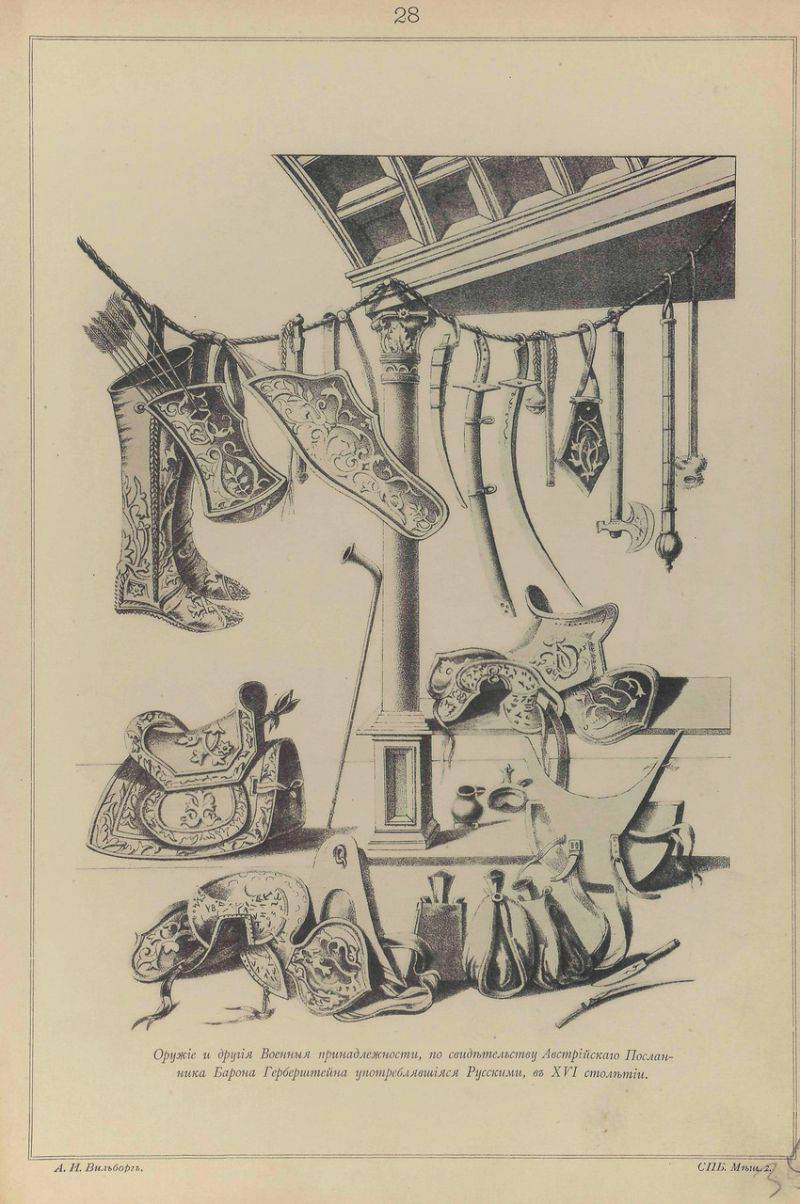
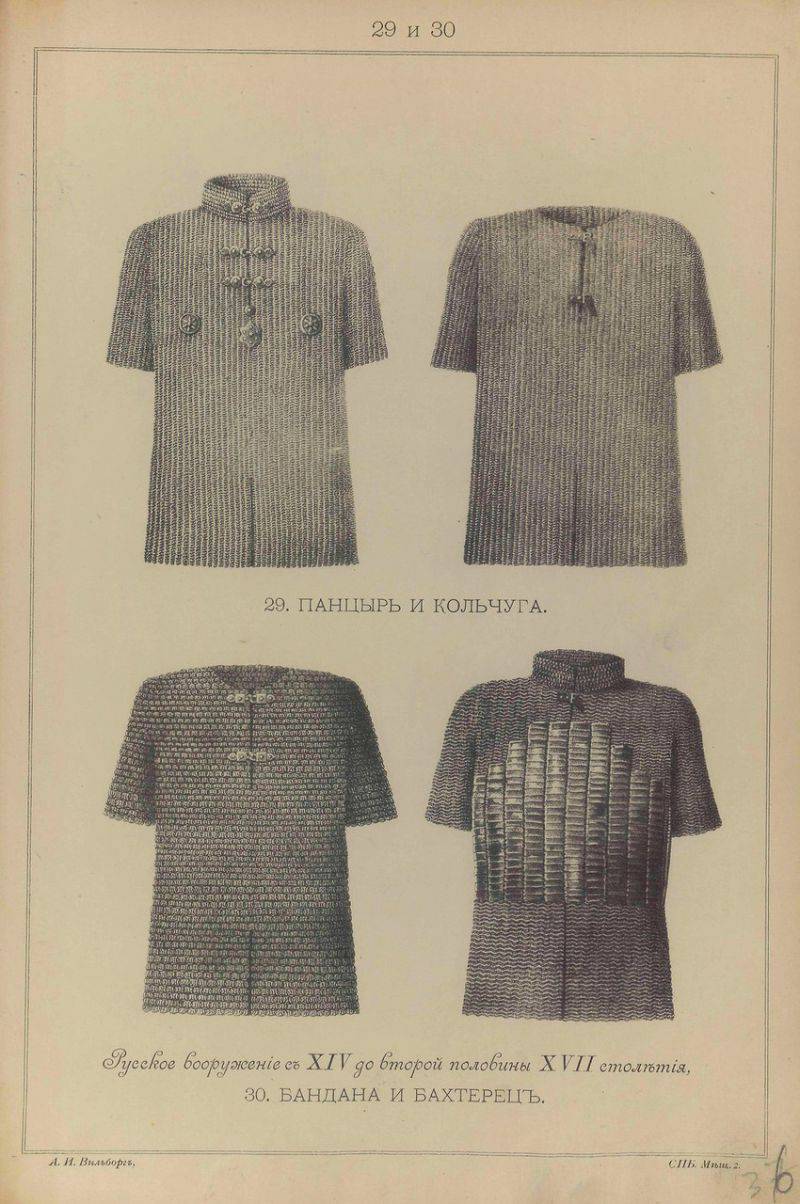
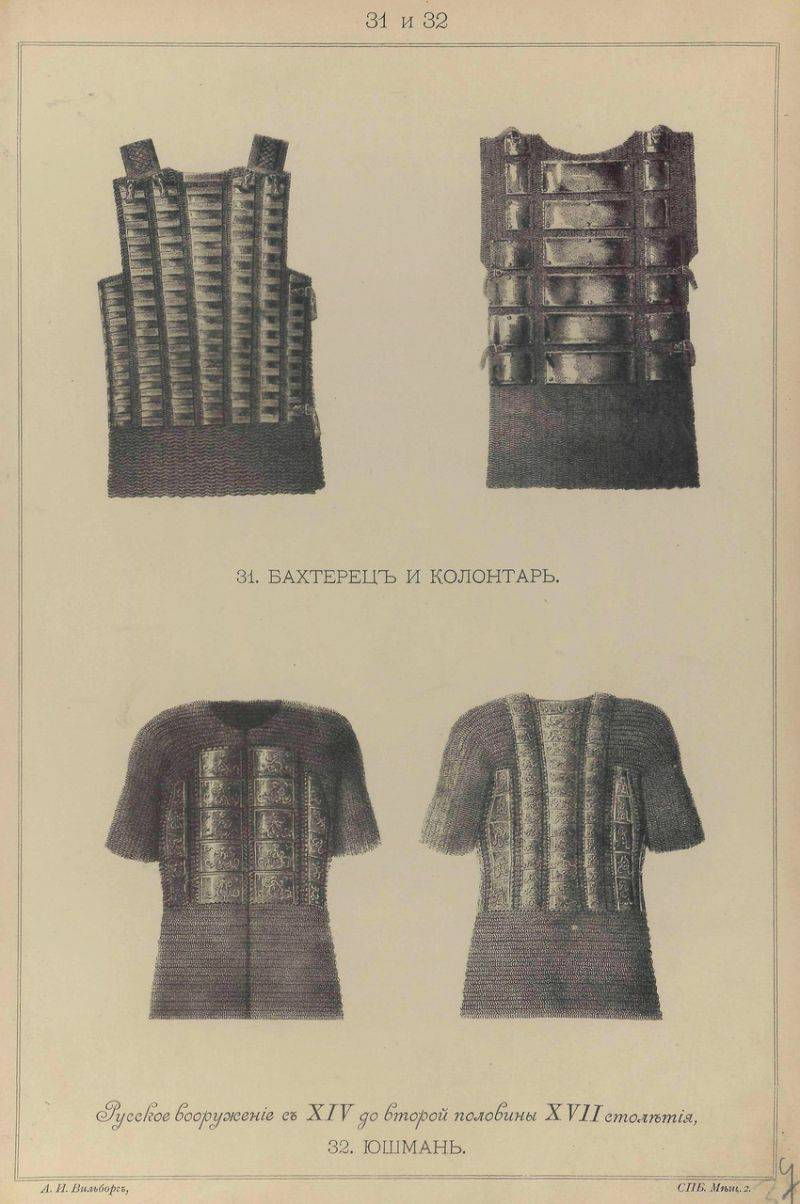
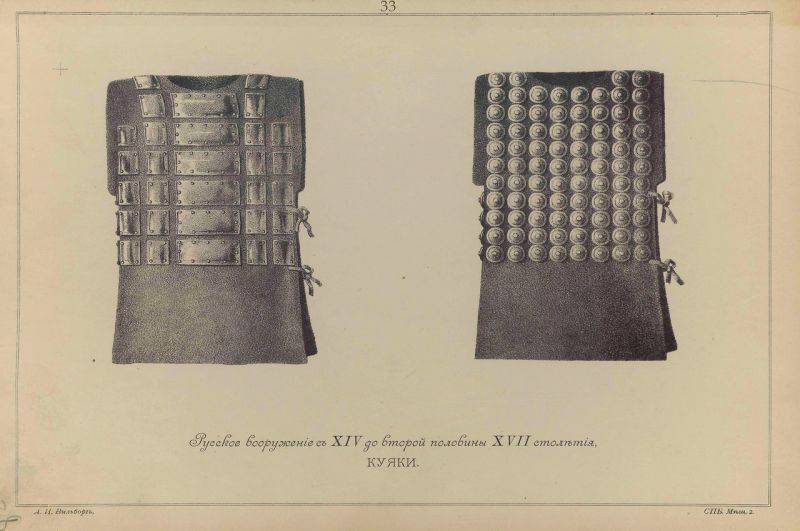
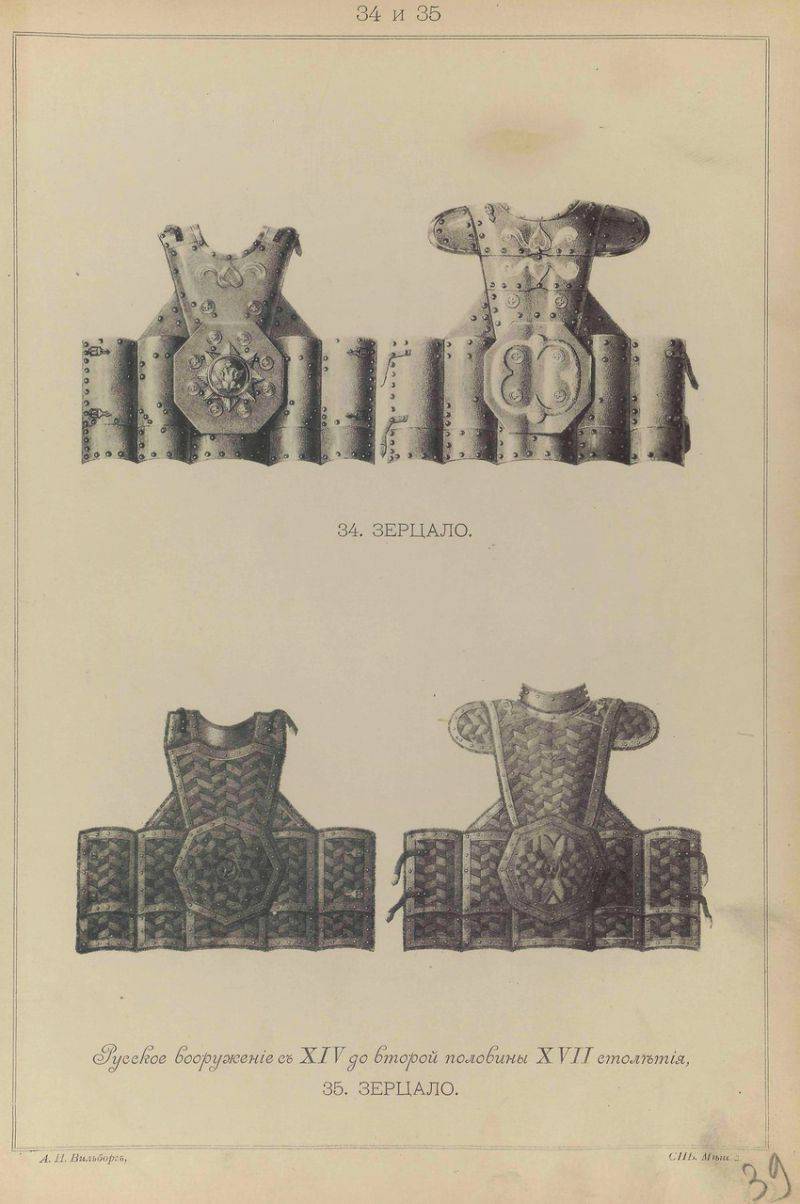
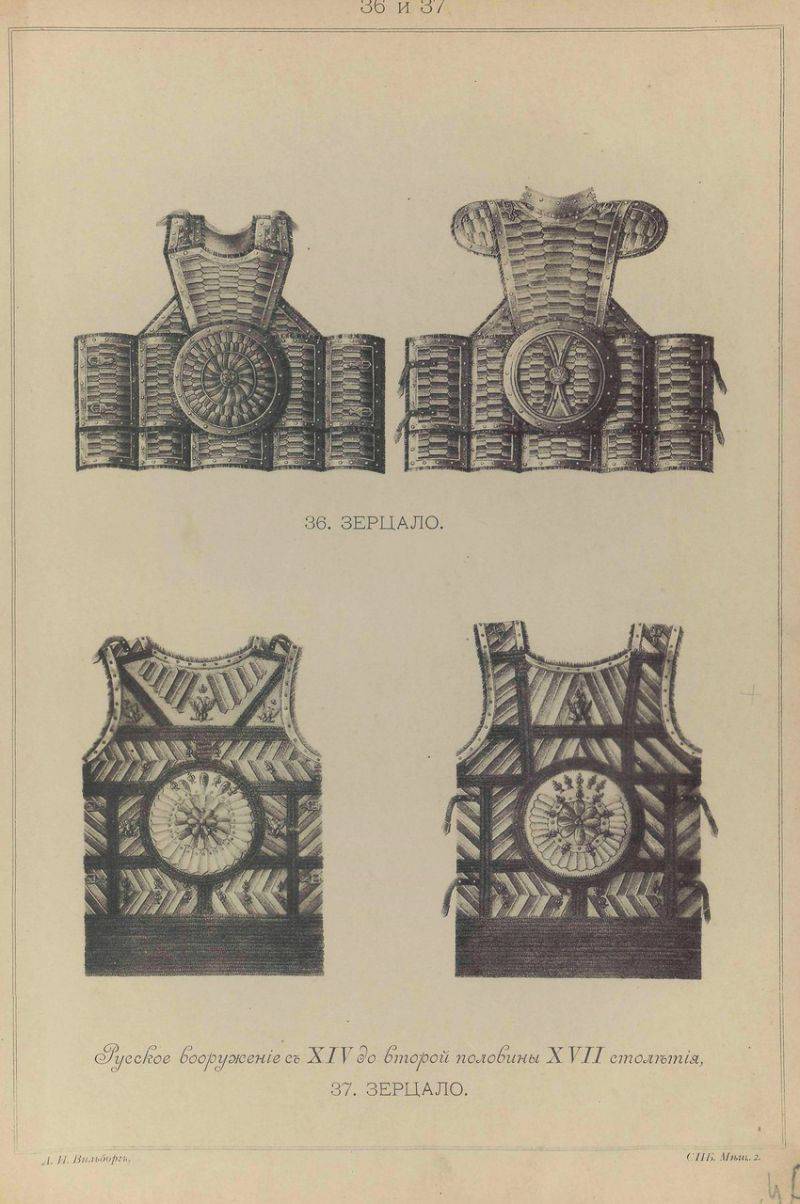
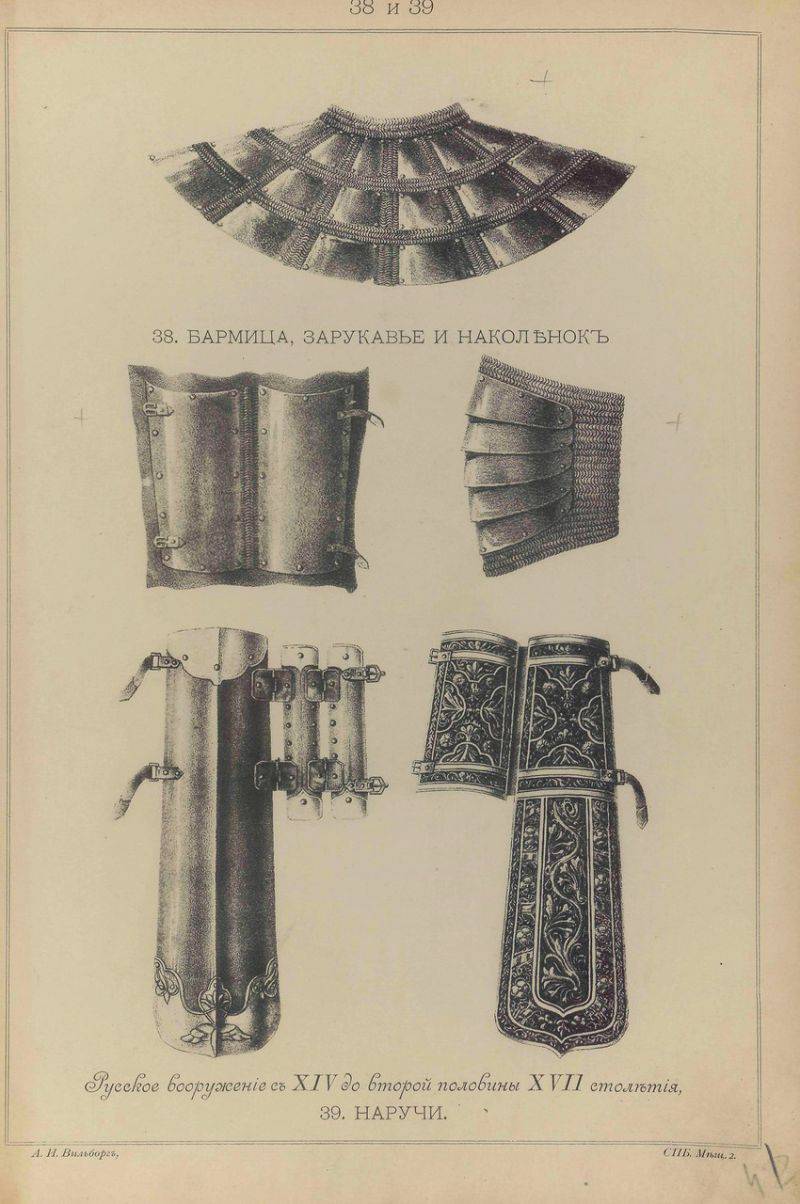
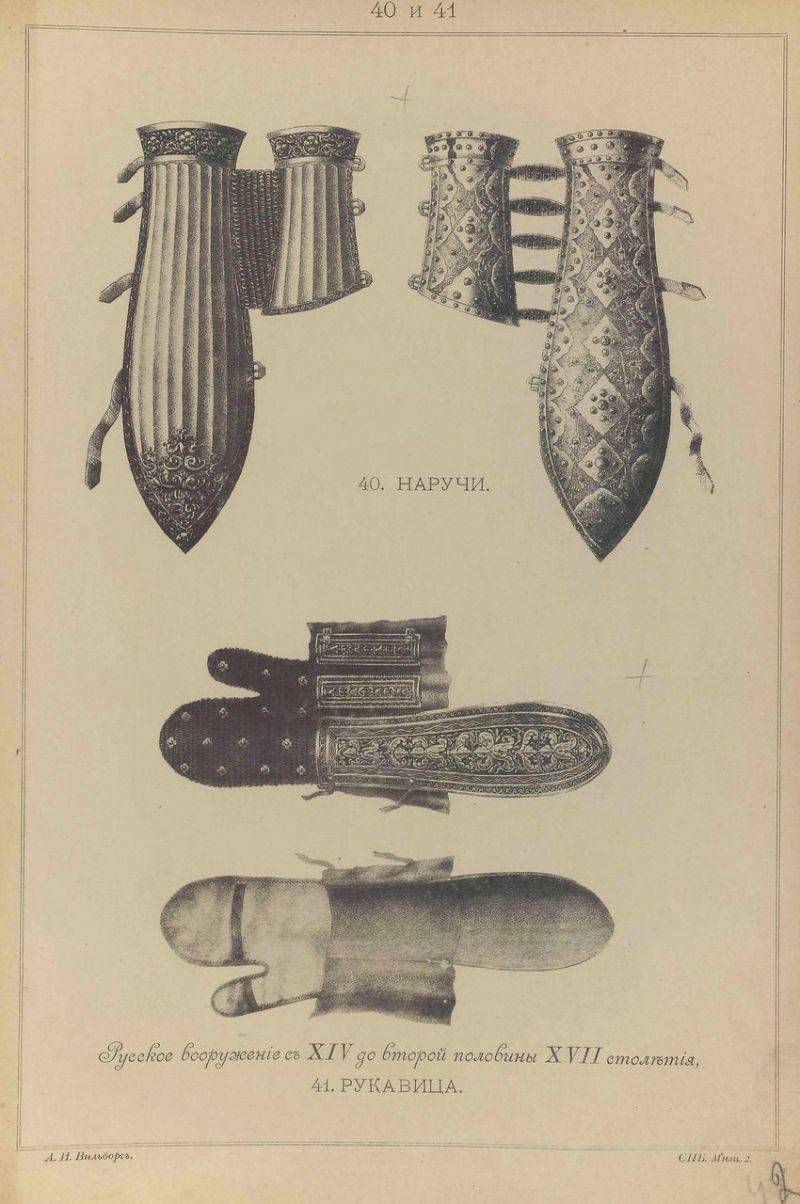
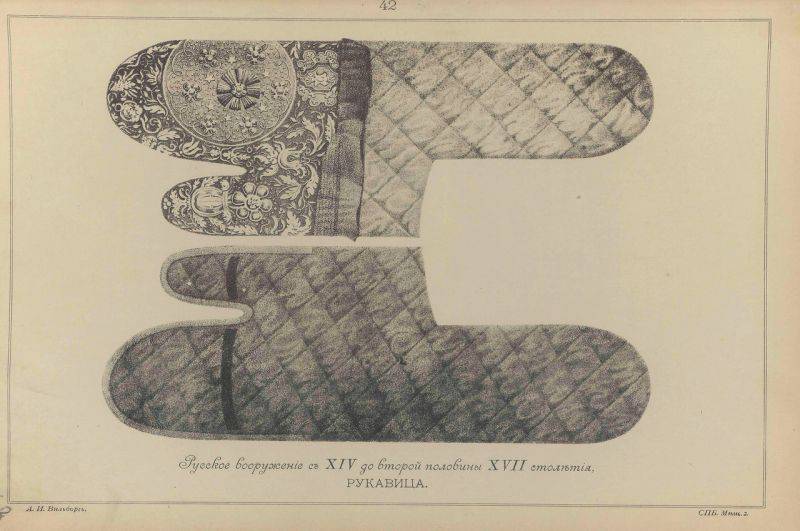
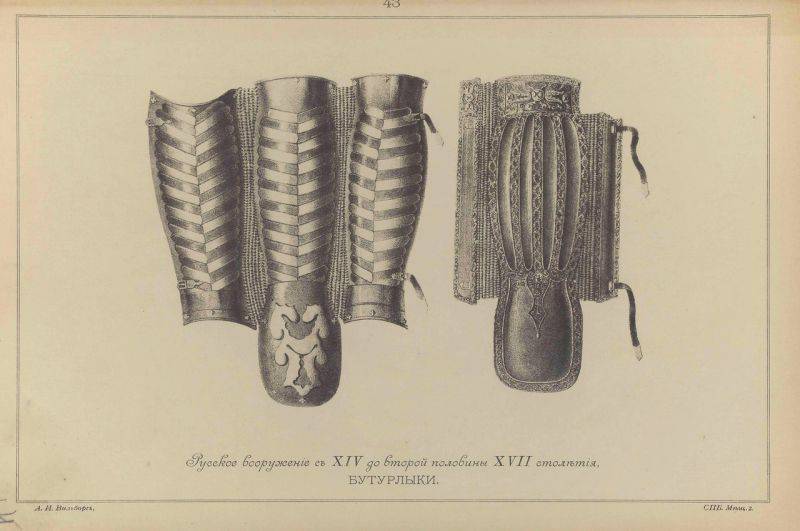

Information